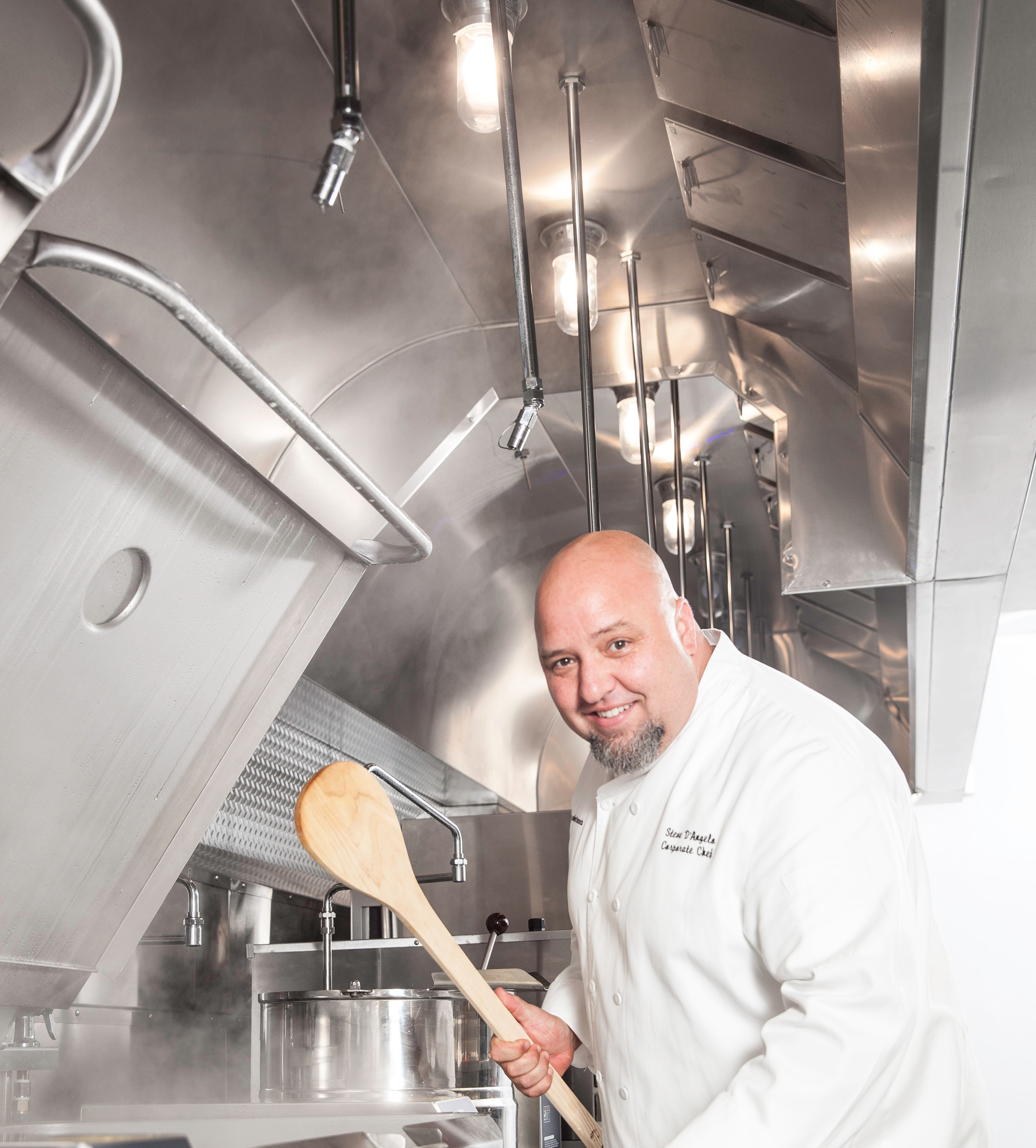You scoped out a great Korean-Polish fusion restaurant for lunch. The food is outstanding. The atmosphere is swanky. The only problem is, you can’t hear anything your significant other is saying.
Over the last decade, noise levels have become a mounting concern for restaurant patrons, employees and foodservice operators. So much so, in fact, food critics from nationally recognized publications have begun to include noise ratings in their reviews. In Zagat’s 2018 Dining Trends Survey, noise levels were listed as the most irksome complaint among patrons followed by service, crowds, high prices and parking.
What can cause restaurants to be overly loud? In some cases, the design of the restaurant can be an issue. Modern kitchens that bring the kitchen to the front of the house and feature a minimalist design that removes curtains or upholstery – the very things that can help absorb sound – tend to be among the noisiest. Loud music, other diners raising their voices and proximity to the kitchen can also amplify decibel levels.
But excessive noise can be more than an annoyance that keeps your customers away – it can also be a serious public health issue.
According to the Occupational Safety and Health Administration (OSHA), noise-induced hearing loss ranks among the most pervasive occupational health concerns in the United States. To minimize the risk of hearing loss, the National Institute for Occupational Safety and Health (NIOSH) recommends that employees’ exposure to noise not exceed 85 decibels for 8 hours. If noise exposure is equal to or more than this recommendation, OSHA requires employers to implement a hearing conservation program.
Air makes noise when it changes direction or velocity, and the biggest source of air movement in the kitchen is the exhaust hood. The hood is necessary for removing heat-induced contaminants from cooking, such as smoke and grease. To satisfy fire code requirements, hoods must contain grease removal devices that act as a firestop between the cooking equipment and the exhaust duct. This helps to keep fires from spreading through the ductwork.
 Avtec’s EcoArch hood is aerodynamically designed to use the heat energy in the air to feed the smoke and grease directly into the cartridges. Avtec also engineers the cartridges to help maintain velocities in the hood and cartridge, helping foodservice operators achieve some of the lowest exhaust rates in the industry while limiting the noise created by the hood system.
Avtec’s EcoArch hood is aerodynamically designed to use the heat energy in the air to feed the smoke and grease directly into the cartridges. Avtec also engineers the cartridges to help maintain velocities in the hood and cartridge, helping foodservice operators achieve some of the lowest exhaust rates in the industry while limiting the noise created by the hood system.
EcoArch Models:
EA2000, EA2
EA2000P, EA2
EA4000, EA4
EA4000P, EA4
In addition reading about these hoods, you can also go another level deeper and “hear” one of our customers explain exactly what they can do.
In the video, you can hear the sizzle of the steak over the noise of the 49-foot Eco Arch hood. In fact, you can even hear a kitchen staff member’s cellphone go off. Not only does this make for a more comfortable kitchen, but is the perfect exhaust system to use in culinary schools and classrooms.
A National Restaurant Association Kitchen Innovation award-winner, the EcoArch can be tailored to fit a variety of open-kitchen design concepts where excessive noise must be mitigated. The system’s patented arch design and front-mounted, high-velocity exhaust slot cartridges promote maximum performance and energy cost reduction, while allowing for safer cleaning and replacement of the filter medium.
You may not be able to stop all the racket that’s generated in your restaurant, but by incorporating the proper ventilation system, you can take greater control over one of the major sources of kitchen noise.
Jefferson Kenney
Design & Product Specialist – Ventilation
Electrolux Professional Group – Avtec
800-621-8560 EXT 6492
jeffke@unifiedbrands.net